“Mobile phones are misnamed. They should be called gateways to human knowledge.” – Ray Kurzweil
Finding time for personal growth and learning can be challenging in today’s fast-paced environment. However, learning has become more accessible and easily available because of technological advancements pertaining to learning modalities. With more than 86% of people in the world owning smartphones, it is evident that individuals are inclined to own mobile gadgets that can be used beyond making phone calls. This trend gives us evidence that educators and authors should take advantage of mobile potential as a learning device, allowing individuals to access knowledge more flexibly.
Aided by the abundance of learning channels and modes like audio and videos that can be accessed in the form of podcasts and through channels like YouTube, and many other learning applications compatible with mobile devices, learners now have the option to make the most of their available time for personal and professional growth, and that too without having to go to classrooms or use their laptops or desktops. Learners can now achieve their learning objectives and upskill themselves by actively pursuing courses through their mobile devices. To understand the impact and the future of mobile learning, let’s have a look at some of the key facts mentioned below:
- Malik Ducard, Global head of learning and family at YouTube claimed that 70% of total YouTube viewing time was through mobile and educational videos are the platform’s third most popular type of viewing category.
- Apps for education are currently ranked third in Apple’s app store.
- According to Udemy’s head of learning and development, Shelley Osborne, more than 24 million consumers worldwide access information on their mobile devices.
Let’s have a look at how adapting to learning delivery through mobile can benefit your next learning initiative::
Learn anytime and anywhere
Mobile learning is flexible and allows learners to learn anytime and anywhere. Instructional content like videos, podcasts, and interactive content is now easily available on mobile phones without having to compromise the overall user experience and learning impact.
For example, Merrill Lynch, a financial services company that provides wealth management, investment banking, and advisory services, launched a mobile training program called “Go-learn” to train their employees. A survey was conducted to gather insights regarding the learning habits and they saw that 32% of their employees completed the training during business travel. While 26% were learning from their homes, 24% while commuting, and only 18% were learning in their office or elsewhere.
These stats show that learners don’t want to be restricted to a device or a platform, they want flexibility so they can learn and upskill themselves on their terms and in their own time.
Learner engagement
Social media apps, like Facebook, YouTube, and Twitter have made modern individual consumer information in byte-sized and visually appealing ways. With mobile learning, users can access content through native apps giving them a seamless experience without perceiving that they are involved in conventional learning. With learning modalities such as interactivities, gamification, and multimedia elements such as animation and videos the learning experience improves engagement. In addition, including gamification elements makes training/learning like playing a game.
Improves learning time
Microlearning modules enable learners to complete courses on the go without disrupting their workflow. For example, according to the findings from the Merrill Lynch GoLearn initiative, a group of people were tested to find the speed of learning between desktop learning and mobile learning. Smartphone users completed the course at an average of 45 percent faster. The test results of the two groups were comparable, proving that using mobile to give training did not compromise the effectiveness of the lessons.
Conclusion
The need for incorporating mobile devices into learning environments continues to increase as they have become an integral part of people’s daily lives. People who are “digital natives” are used to the convenience and adaptability that mobile devices provide, and they now anticipate that these gadgets will be effortlessly incorporated into their educational endeavors. The rising usage of mobile devices further underscores the importance of mobile learning. The growth of mobile educational software is inevitable as smartphones, tablets, and other gadgets become critical in all facets of people’s lives, including their professional endeavors.
We anticipate a robust ecosystem of mobile educational solutions as we embrace the possibilities of mobile learning, enabling people to learn efficiently and comfortably while on the go. At ASSIST Creative Lab, we build mobile learning solutions tailored for mobile interfaces allowing the learners to learn at their own pace and progress.
References
https://www.bankmycell.com/blog/how-many-phones-are-in-the-world
https://elearningindustry.com/mobile-learning-revolutionizes-education-reasons
https://cdn.lynda.com/cms/asset/text/lyndacom-whitepaper-mobile-learning-benefits-20151245042329.pdf




